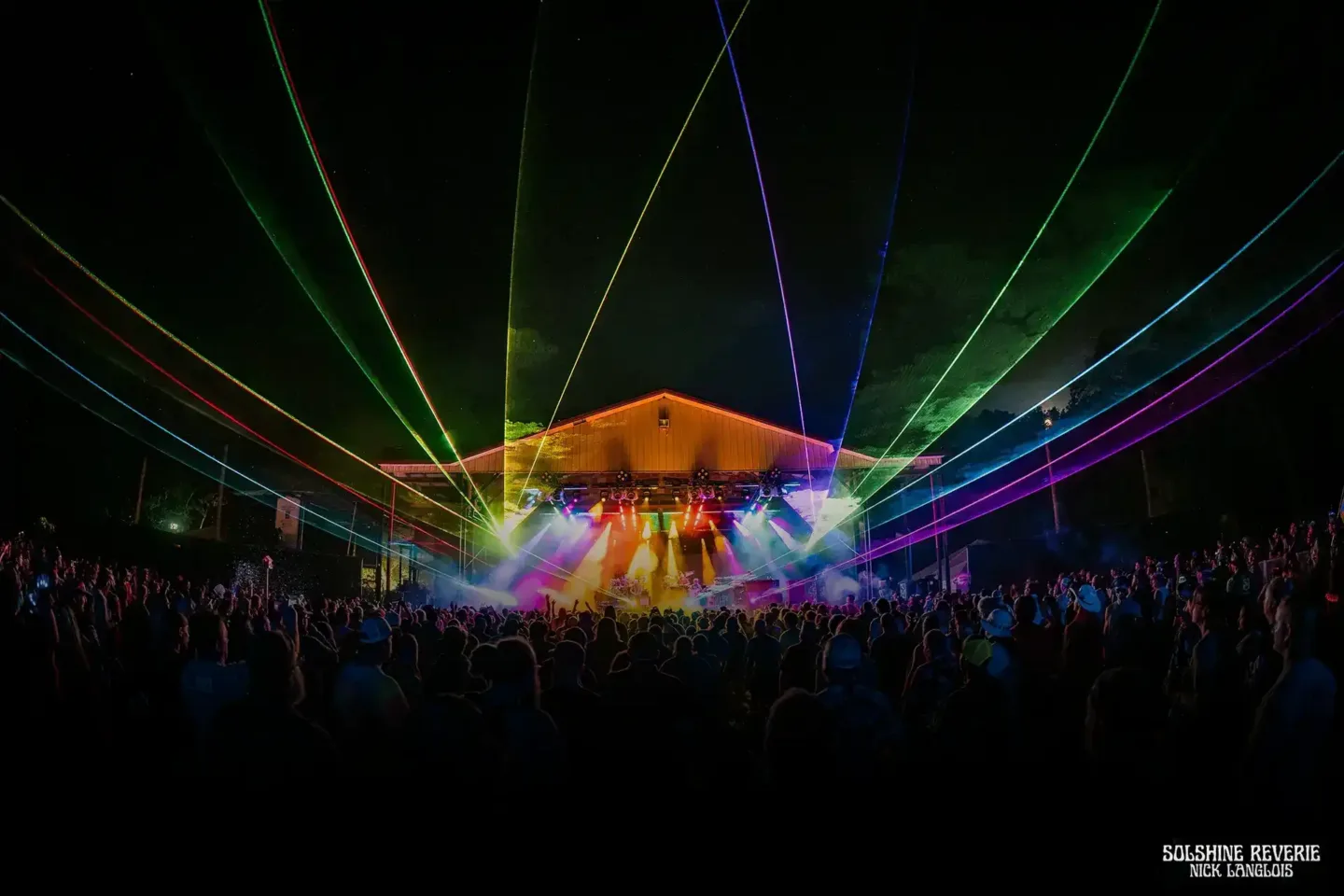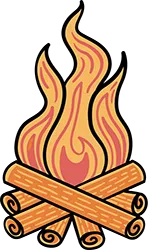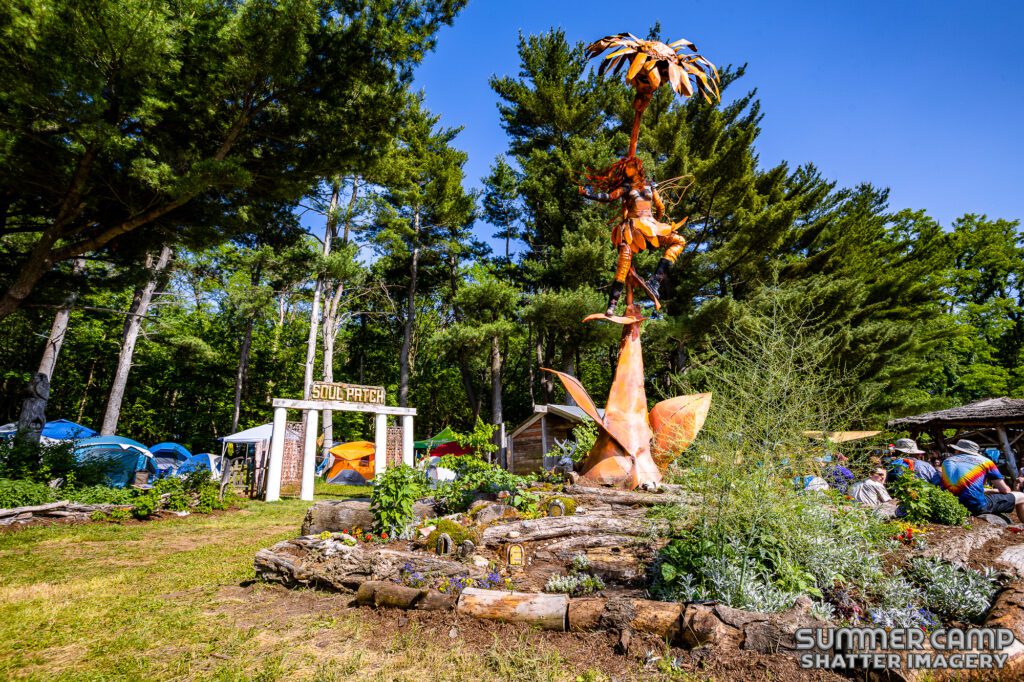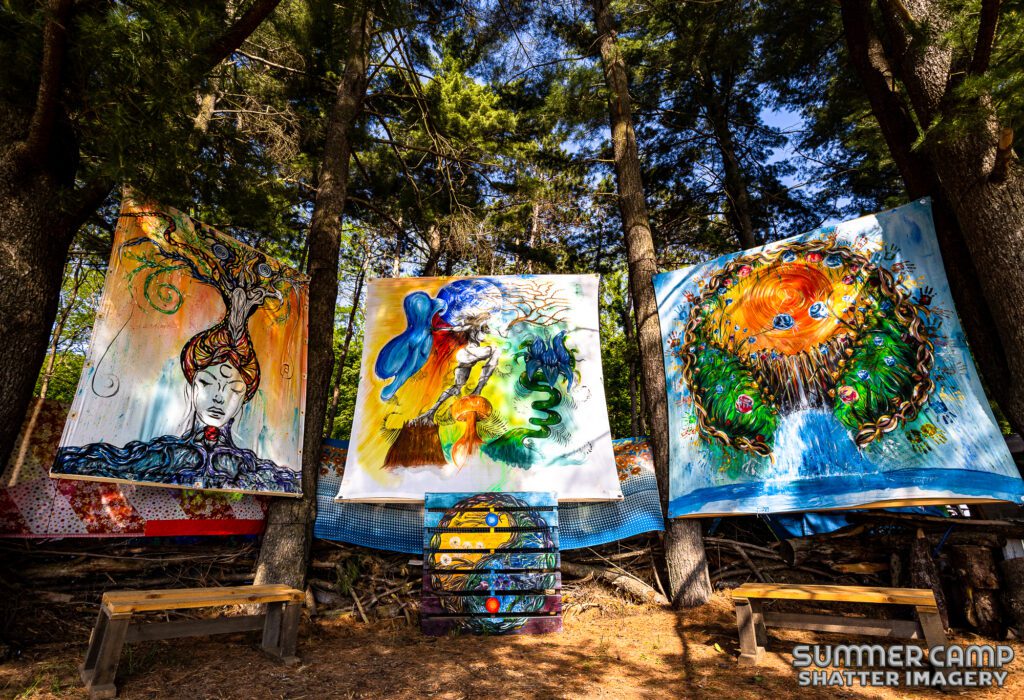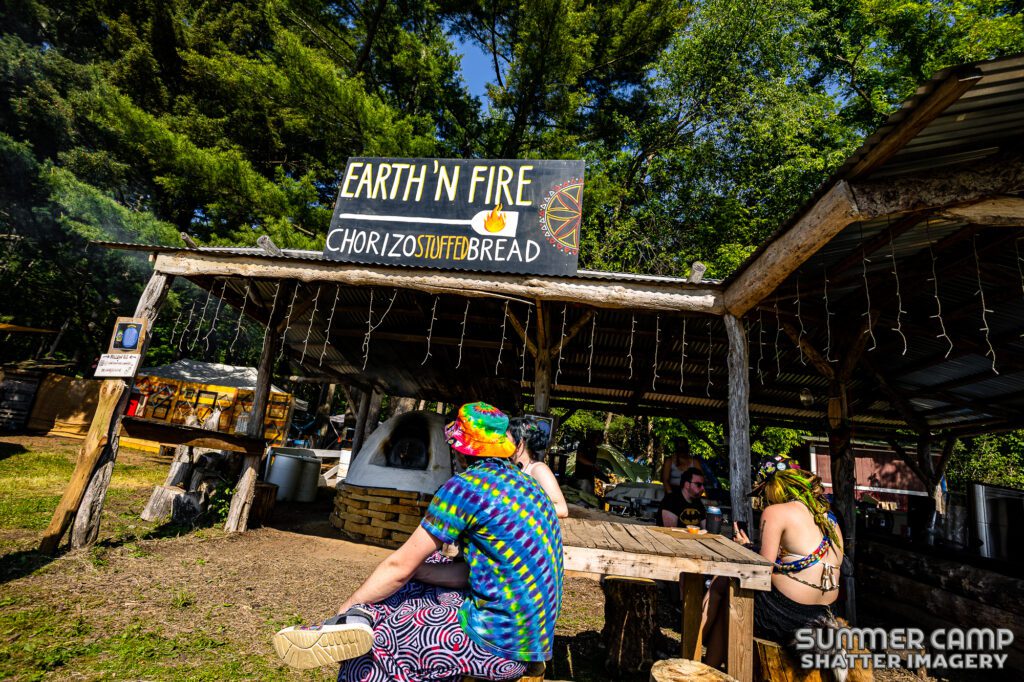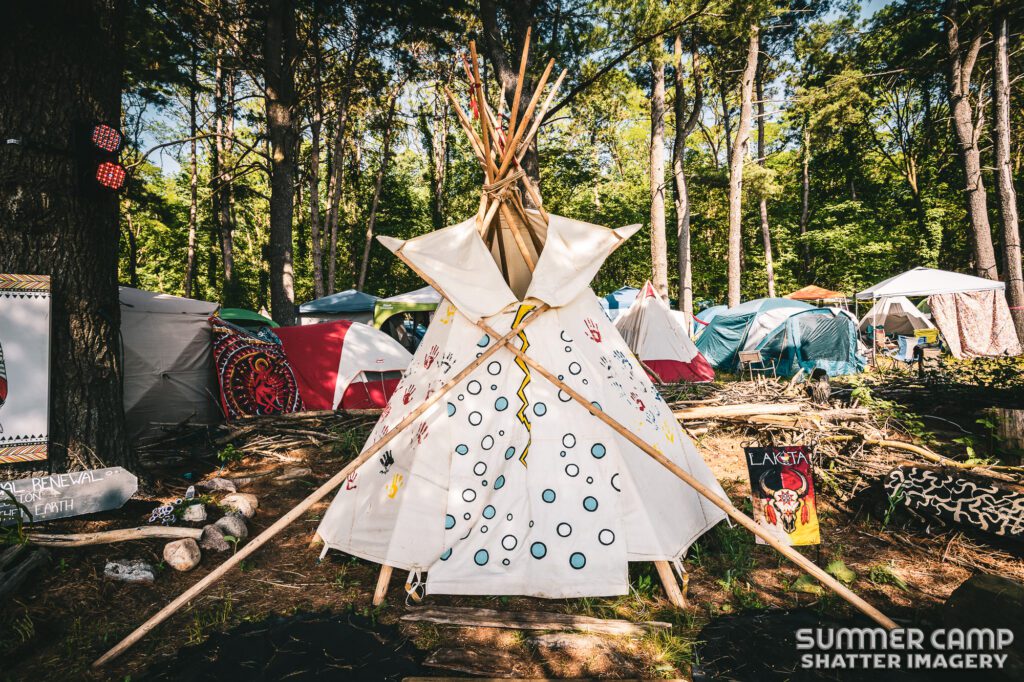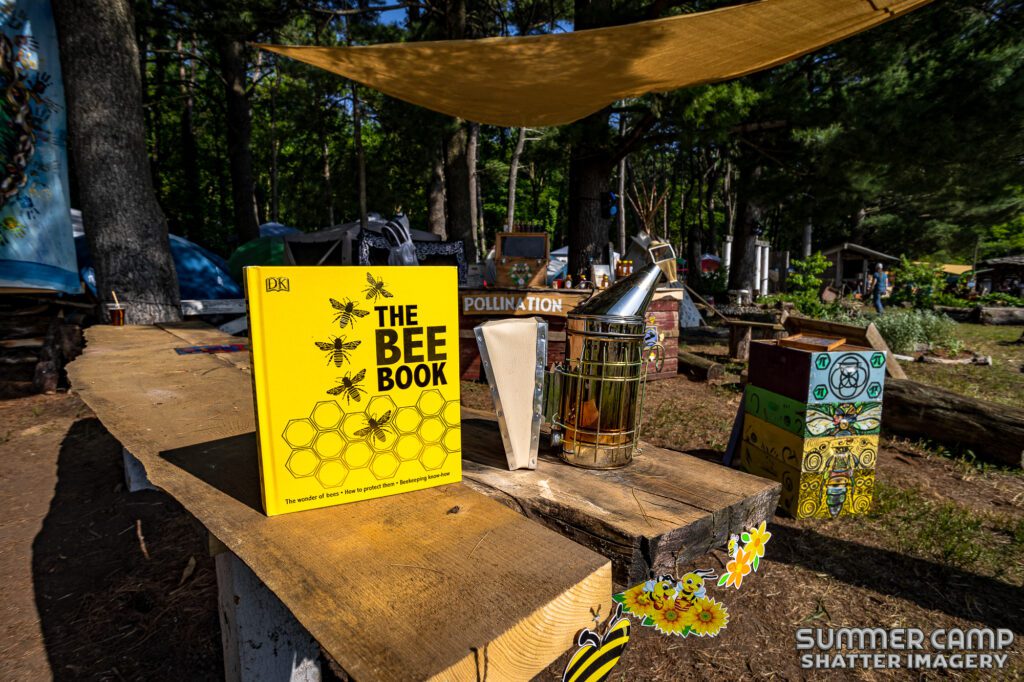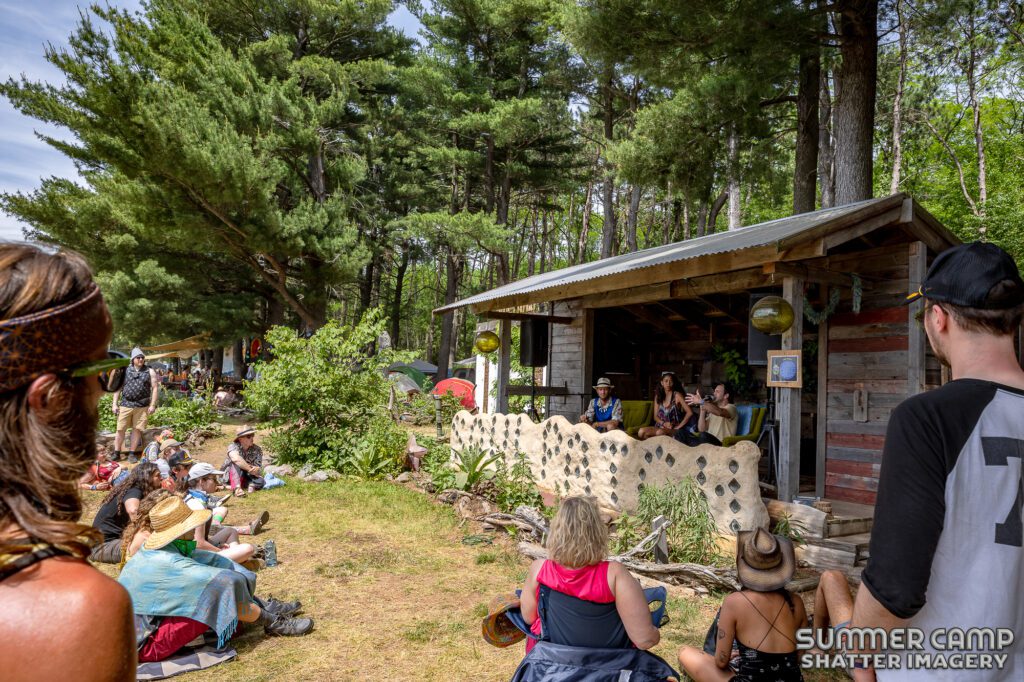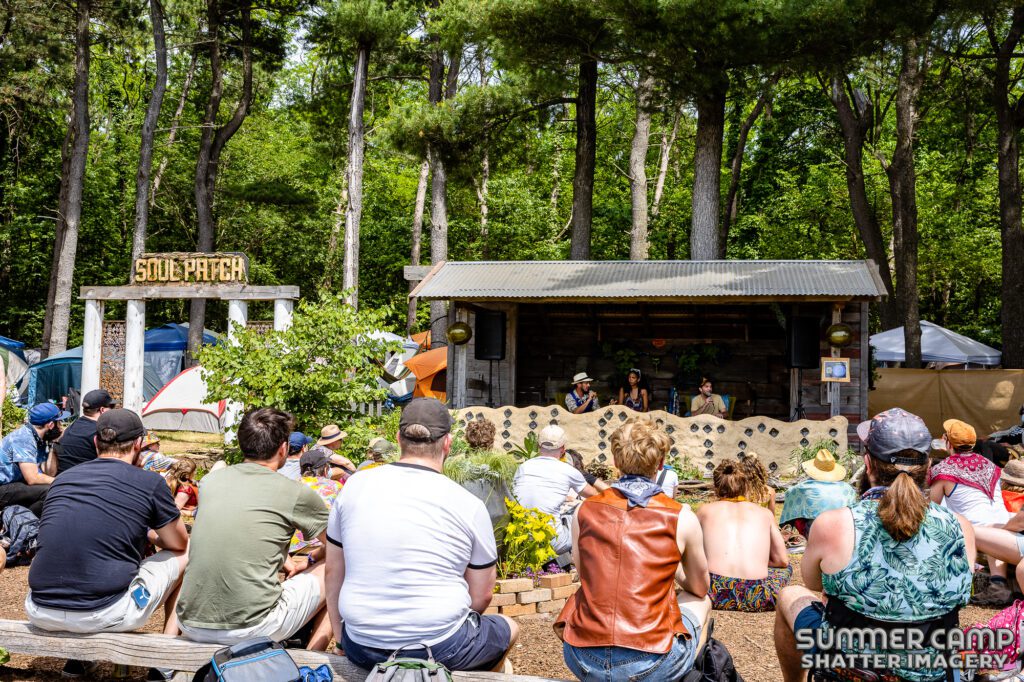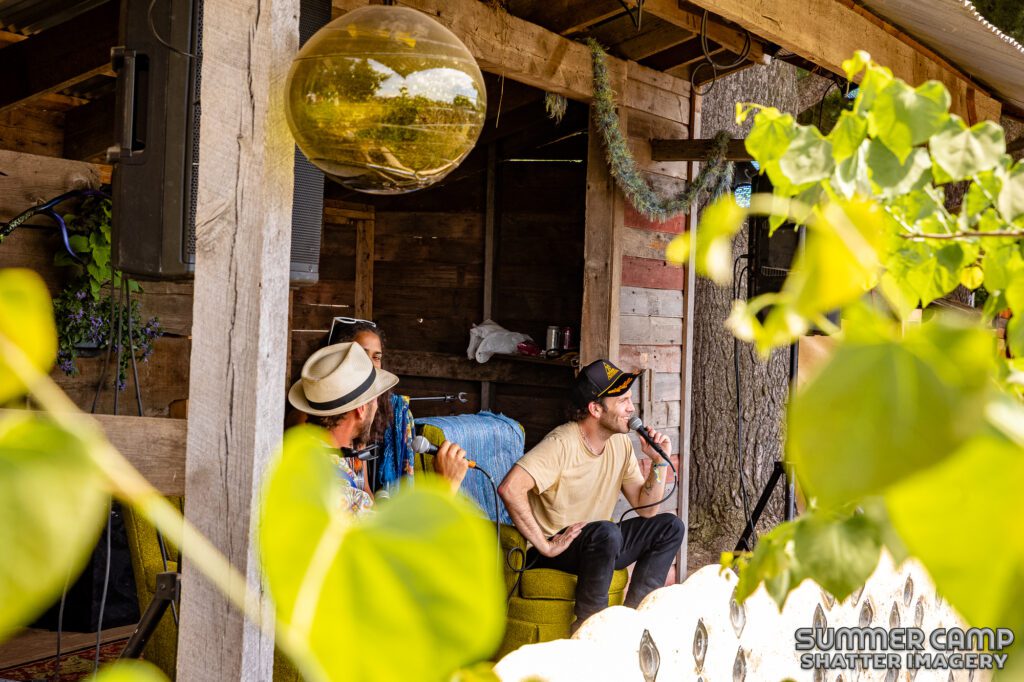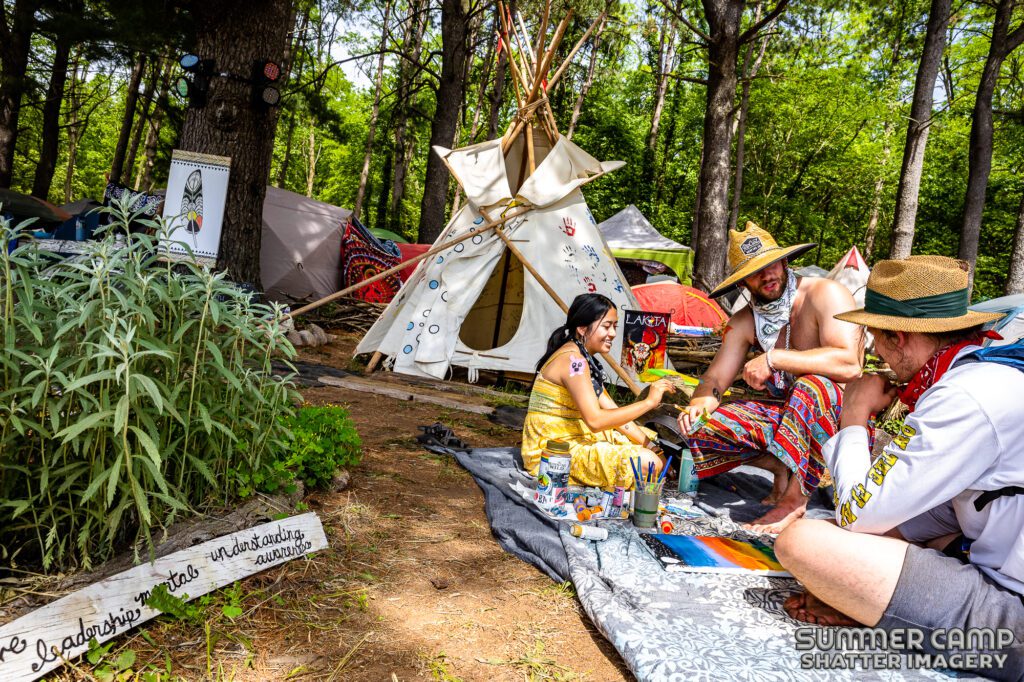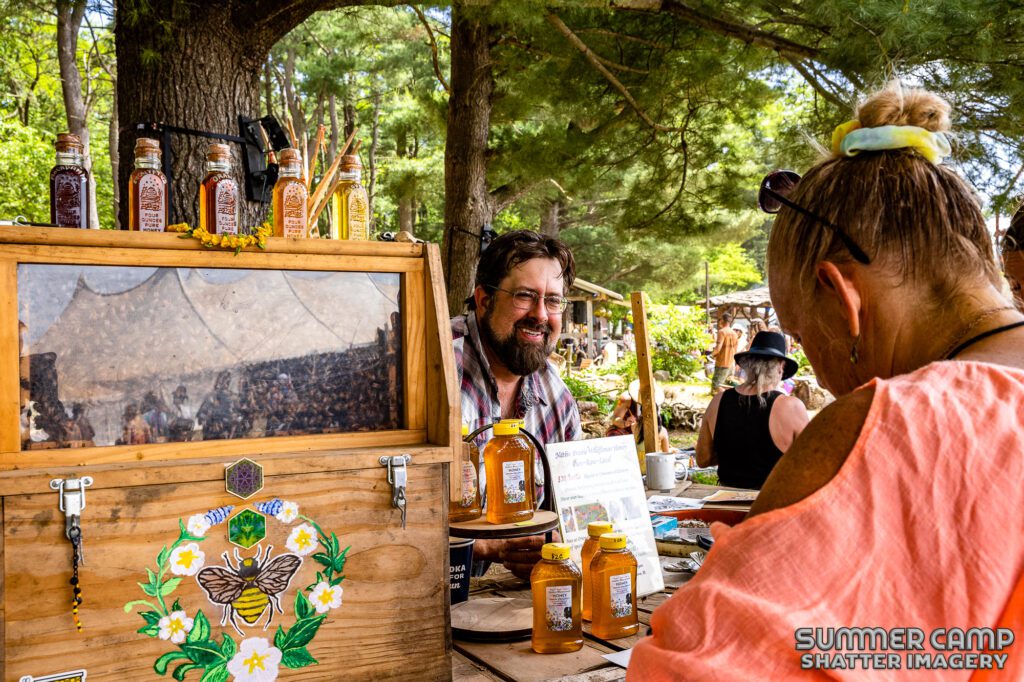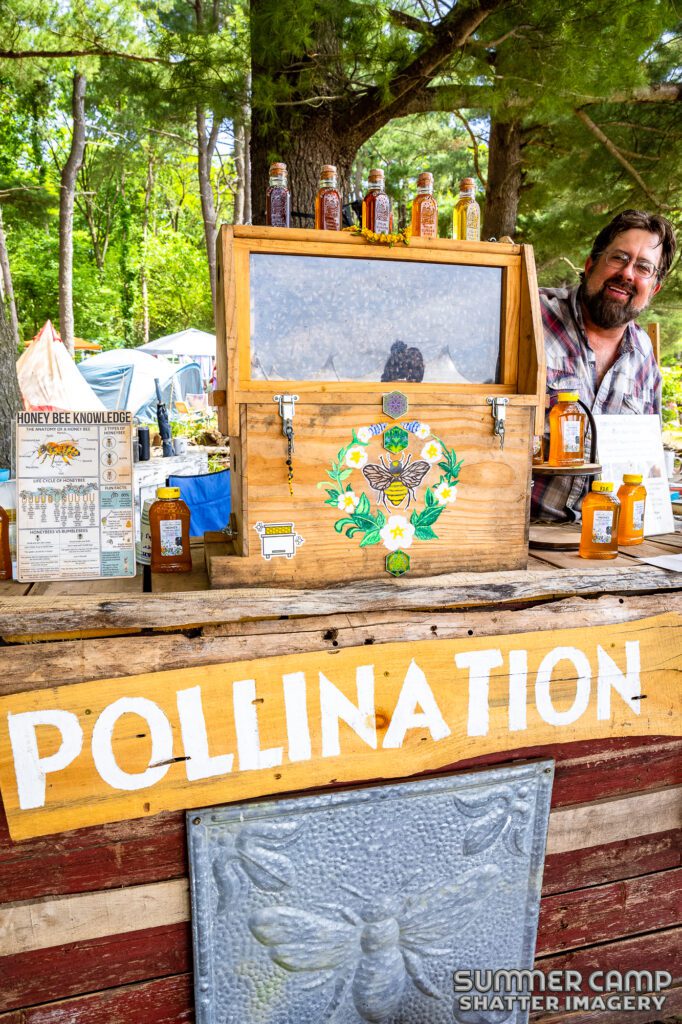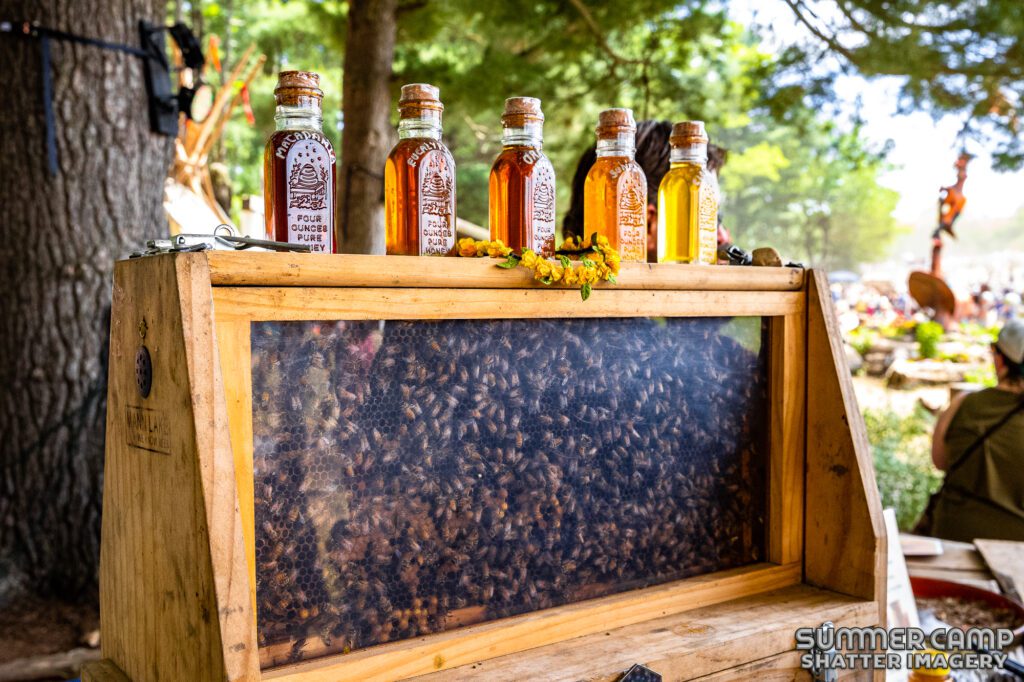WHAT IS SOULPATCH?
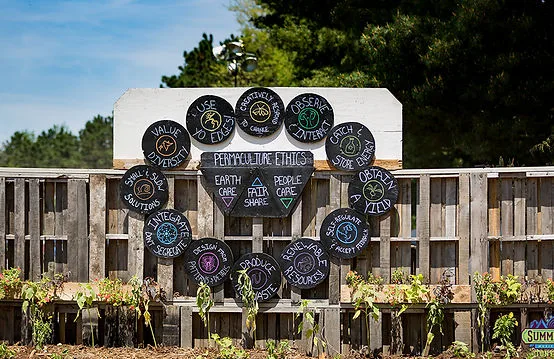
SOULPATCH is an interactive garden space demonstrating a variety of growing methods and natural building techniques. Initially created as engaging interactive educational programming at Summer Camp Music Festival, the development of SOULPATCH was initiated to evolve over time and will continue year-round.
The original plan still stands, to complete enough basic infrastructure to transition the once-a-year focus into an outdoor classroom setting that can facilitate weekend workshops and eventually permaculture design courses. The project has arrived at the end of Phase 2, and is now launching Phase 3, inviting neighboring organizations and collaborators from the Midwest region to participate in a range of ways including the expansion of educational offerings.
The SOULPATCH mission is to openly collaborate with educators, organizations and businesses to demonstrate a variety of growing methods, natural building techniques, and permaculture systems. Our mission exists to support a vision of strong communities engaged in the social and economic health of local bioregional food culture.
EVOLUTION
Over time, SOULPATCH has evolved, building on the success of each previous year. Explore the timeline below and observe the growth and expansion!
OUTDOOR CLASSROOM
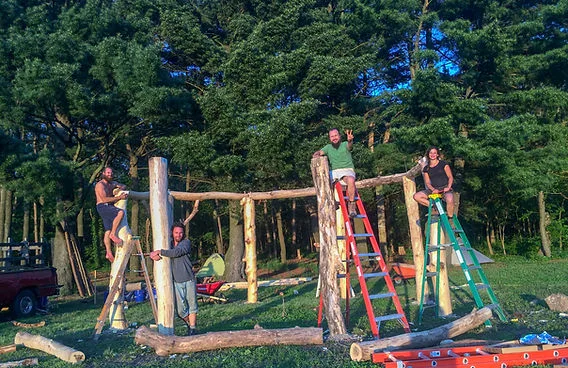
GARDENS
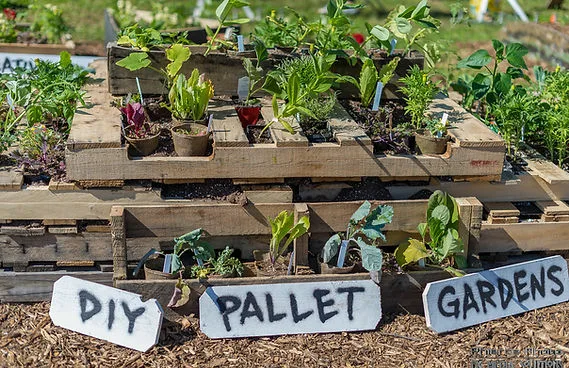
HÜGELKULTUR WALL
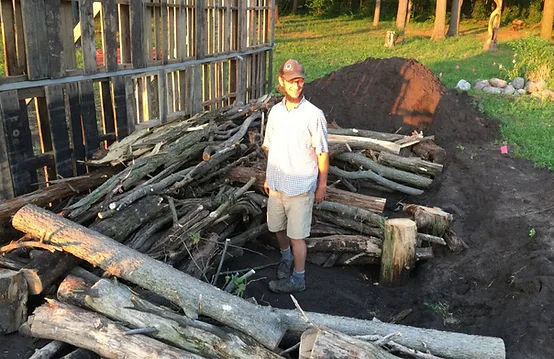
COB OVEN
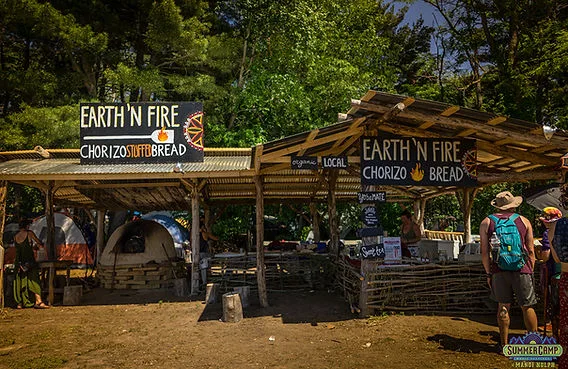
FOUNDING SUPPORT
SOULPATCH has been developed from the sweat and grit of extremely dedicated individuals and the generosity of many organizations who have tirelessly given their expertise, time and donated vital resources.
Diverse Metamorphosis – Peoria, IL
7 Circles Heritage Center – Edwards, IL
Wake the Farm Up – Indiana
ThePOOSH.org – International
Cincinnati Permaculture Institute – Ohio
Permaculture Action Network – California, Michigan, Kentucky
The Sun Foundation – Illinois
Sylvatica Forest Farm – Kentucky
Recycled Glass Globe Lights provided by Mack Glass – Champaign, IL
Pallet Materials provided by Community Workshop and Training Center in Peoria, IL.
Media curation, photography and promotions support from Level Up Management. Photography support from Joshua Albanese, Jason Kaczorowski and many more.
Individuals from across the region including but not limited to: Wisconsin, Missouri, Indiana, Michigan, Ohio and Illinois
And the continued support and trust from Summer Camp Music Festival and Three Sisters Park.
PERMACULTURE ETHICS
WHAT IS PERMACULTURE?
The term permaculture was developed and coined by David Holmgren, then a graduate student at the Tasmanian College of Advanced Education’s Department of Environmental Design, and Bill Mollison, senior lecturer in Environmental Psychology at University of Tasmania, in 1978.
The word permaculture originally referred to “permanent agriculture”, but was expanded to stand also for “permanent culture”, as it was understood that social aspects were integral to a truly sustainable system as inspired by Masanobu Fukuoka’s natural farming philosophy.
It has many branches that include, but are not limited to:
Ecological Design
Ecological Engineering
Regenerative Design
Environmental Design
Architecture
Permaculture also includes integrated water resources management that develops sustainable architecture, and regenerative and self-maintained habitat and agricultural systems modeled from natural ecosystems.
“Permaculture is a philosophy of working with, rather than against nature; of protracted and thoughtful observation rather than protracted and thoughtless labor; and of looking at plants and animals in all their functions.”
Bill Mollison
Senior Lecturer in Environmental Psychology at University of Tasmania
The 12 principles of permaculture most commonly referred to are first described by David Holmgren in his book Permaculture: Principles and Pathways Beyond Sustainability (2002). They include:
Observe and Interact
Obtain a Yield
Design From Patterns to Details
Use Small and Slow Solutions
Use Edges and Value the Marginal
Apply Self Regulation and Accept Feedback
Catch and Store Energy
Produce No Waste
Integrate Rather Than Segregate
Use and Value Diversity
Creatively Use and Respond to Change
Use and Value Renewable Resources and Services

